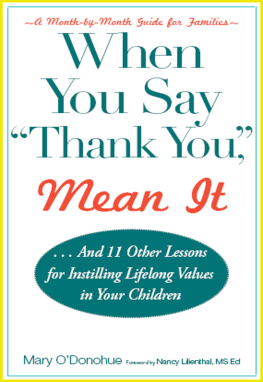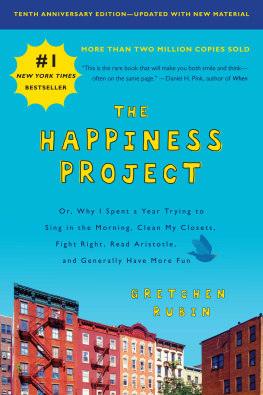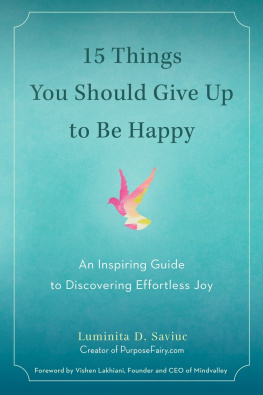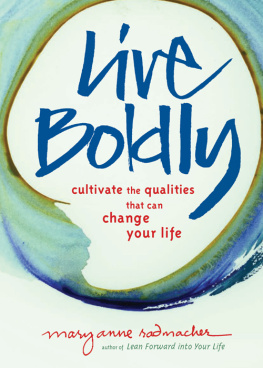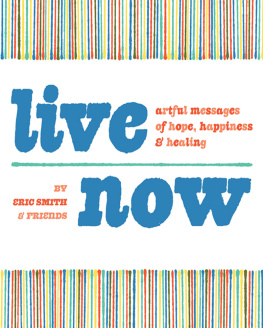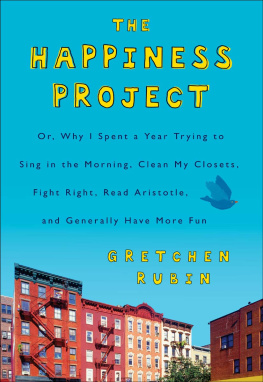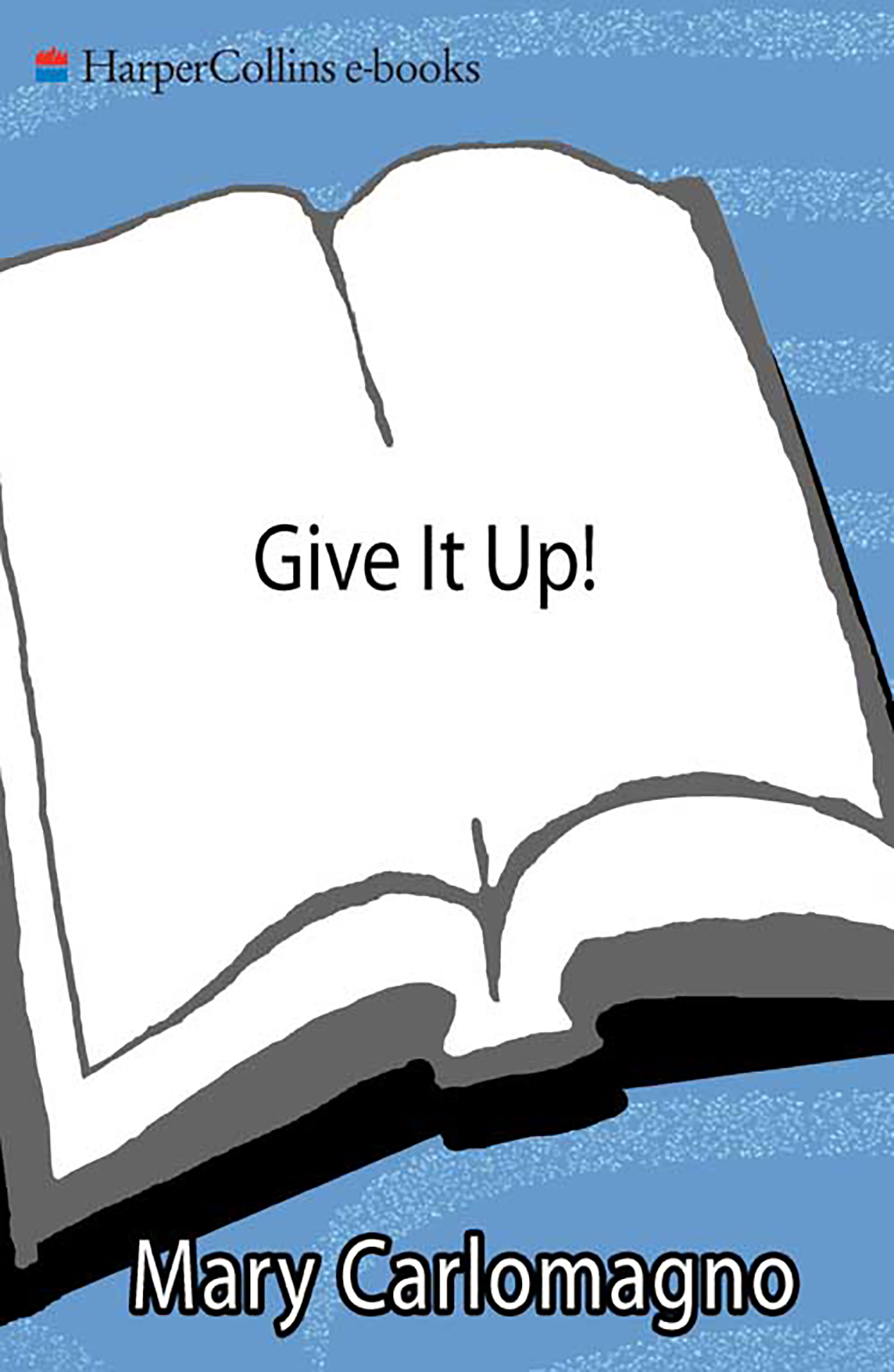GIVE IT UP!
M Y Y EAR OF L EARNING
TO L IVE B ETTER
WITH L ESS
Mary Carlomagno

For my husband,
Frank
CONTENTS
January
ALCOHOL
February
SHOPPING
March
ELEVATORS
April
NEWSPAPERS
May
CELL PHONES
June
DINING OUT
July
TELEVISION
August
TAXIS
September
COFFEE
October
CURSING
November
CHOCOLATE
December
MULTITASKING
We must be the change we wish in the world.
MAHATMA GANDHI
When I set out to write this book, my intention was to eliminate unnecessary facets of life, in essence to determine what I could live without. Accustomed to the frantic pace of the world around me, I had a nagging feeling that something was missing. Each day was much the same, providing the everyday routines all dependent on the same rituals. Reading the entire newspaper was out of habit, not out of need. Habitually checking voice mail and cell phone was more than just a convenience, it had become obsession. Shopping had reached an all-time high, where multiple versions of the same item were purchased again and again without my realizing that that item already hung in my closet at home in other colors. I was in need of a change.
One morning, while trying to decide which pair of shoes to wear, I was behind schedule and was clearly going to be late for work. To make matters worse, while reaching for my black sling backs, an avalanche of designer shoeboxes hit me squarely on the head. For some people, a subtle signal can lead to a change in life; others need a stronger message. In my case, it was being literally hit over the head with my own shoes. This was my wake-up call.
Later that morning, I plunked down $4.20 for a mocha grande at my local coffee shop. I reached for my cell phone to check voice mail and make a mental note of the meetings planned for that day; I wondered how my life got so complicated, with too many distractions: too much stuff and too much technology demanding attention and taking my focus.
Raised as a Catholic, I was required to observe Lent by sacrificing something that was dear to honor our faith. What are you giving up for Lent? my three older brothers would challenge. For forty days, we would give up candy, soda, or dessert. Reading about Lent as an adult, I learned that according to the Church, sacrifices made during Lent should be life changing. In fact, some believe that those who truly experience Lent emerge as a completely new person. Standing in the coffee shop that morning I recalled the experience of Lent and began to wonder if I could give up any of these things that now seemed so essential. Would it be possible to live without a hundred boxes of designer shoes, costly microbrewed coffee, expensive handbags, or the ever-present cell phone that fueled my everyday existence?
Perhaps eliminating these items and habits would create an appreciation for everything that I was already so fortunate to have. Each month for one year, I would choose one of my favorite things and give it up cold turkey. This would be my year of living better with less.
Each monthly choice has a personal and significant ouch factor for me, a profound feeling of discomfort that accompanied the mere suggestion of living an entire month without chocolate, elevators, or television. My selections were designed to push me out of my traditional comfort zone, where a change in habits would force uneasiness, questions, and finally scrutiny. My insatiable desire for stuff was stimulated by a consumerist society that encourages purchasing faster, newer, and better products.
Consumers like me get instantaneous gratification, however fleeting, through the latest cell phone, iPod, or digital camera. We wear our trendy shoes while ordering a computer that will arrive at our door the next day. We try a new diet plan and strive to lose fifteen pounds in one week without exercise. We drive custom-built SUVs off the lot with no money down. This self-improvement craze has created a frenzy of makeovers to make us better. But what if we were to turn the tables on this trend and make ourselves over from the inside out, not the outside in.
As I challenged myself over the course of the year, each month presented its own surprising and unique revelation. Giving up shopping made for a more creative personal style. Without a cell phone, I learned how to communicate better. Taking the stairs instead of elevators made me more aware of my physical body. The recurring lesson each month distinguished the difference between deprivation and sacrifice. With sacrifice, a conscious decision is made to go without; deprivation sets up a helpless longing, a feeling that I rarely encountered.
This year of living without forced me to put my habits of accumulation on hold, ultimately giving way to an awareness and enjoyment of the things in life that I was blessed to have and be part of: reading poetry, taking a walk or bike ride, or enjoying a great meal with friends. For me, the biggest lesson of all was not about what I had given up, but what I had gained.

I feel sorry for people who dont drink. When they wake up in the morning thats as good as theyre going to feel all day.
FRANK SINATRA
When I woke up on January 1 with flannel on my teeth, a tribal pounding in my head, and a feeling of mental queasiness that could only be remedied by a Dennys Grand Slam breakfast, I uttered those famous last words, I am never drinking again, followed by those other famous words, I mean it.
Even though at that moment I was in no position to make clear decisions, I needed to regain control of my life or at least my ability to stand up without the room spinning. Push had come to shove and I was ready to strike a deal. At that point, I would have done just about anything to feel better.
This roller-coaster ride was the end result of mandatory fun planned by my friends. We attended the mother of all New Years Eve parties, in one of the largest bars in New York. Judging by the line out the door, it seemed likely that one, if not all, of our soul mates awaited inside. Once through the door, we quickly grabbed a table by the bar, where we made our presence known to both the bartender and our potential soul mates. We simultaneously made our way to the bottom of many glasses and to the bottom of as many pickup lines. Finding our soul mates soon became less and less likely.
Adding insult to injury, the party was not only physically taxing, as evidenced by the worst hangover of my life, but expensive as well. The all-inclusive cost for the night of fun was equivalent to that of a pair of Bergdorf loafers I had been eyeing. Open bar, food, noisemakers, and music were promised along with the implied message that you were going to have the time of your life. The reality was that except for one French-fry plate, all of the above were conspicuously missing, with the exception of my favorite cocktail, the dirty martini. Always a believer in getting my moneys worth, or in this case my loafers worth, I bellied up to the bar again and again.
According to www.familydoctor.org, a woman is considered to be drinking excessively if she has more than seven drinks per week and more than three drinks per occasion. A man is considered to be drinking excessively if he has more than fourteen drinks per week or more than four drinks per occasion. I had surpassed my drinking limit with the New Years cocktails alone. At last count, the score was Martinis: 7 Mary: 0. Clearly my parameters for a night of casual drinking were completely out of balance with reality. According to the National Institute on Alcohol Abuse and Alcoholism, a drink is generally considered to be 12 ounces of beer, 5 ounces of wine, or 1.5 ounces of 80-proof distilled spirits. Each of these drinks contains roughly the same amount of absolute alcoholapproximately 0.5 ounce, or 12 grams. And while it seemed reasonable to follow the recommendations of the medical profession, I wondered how in the world I was going to stop drinking for an entire month.



